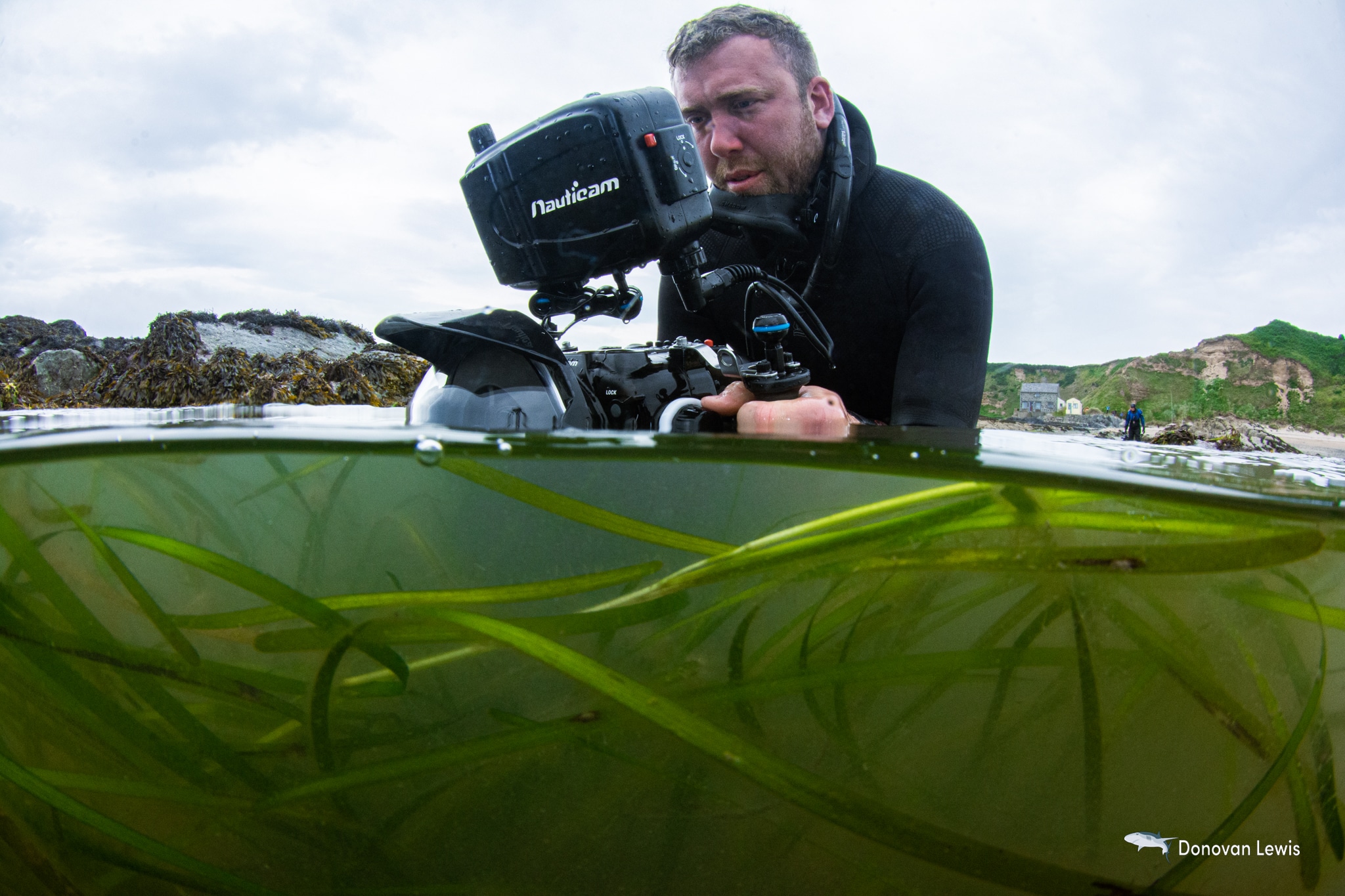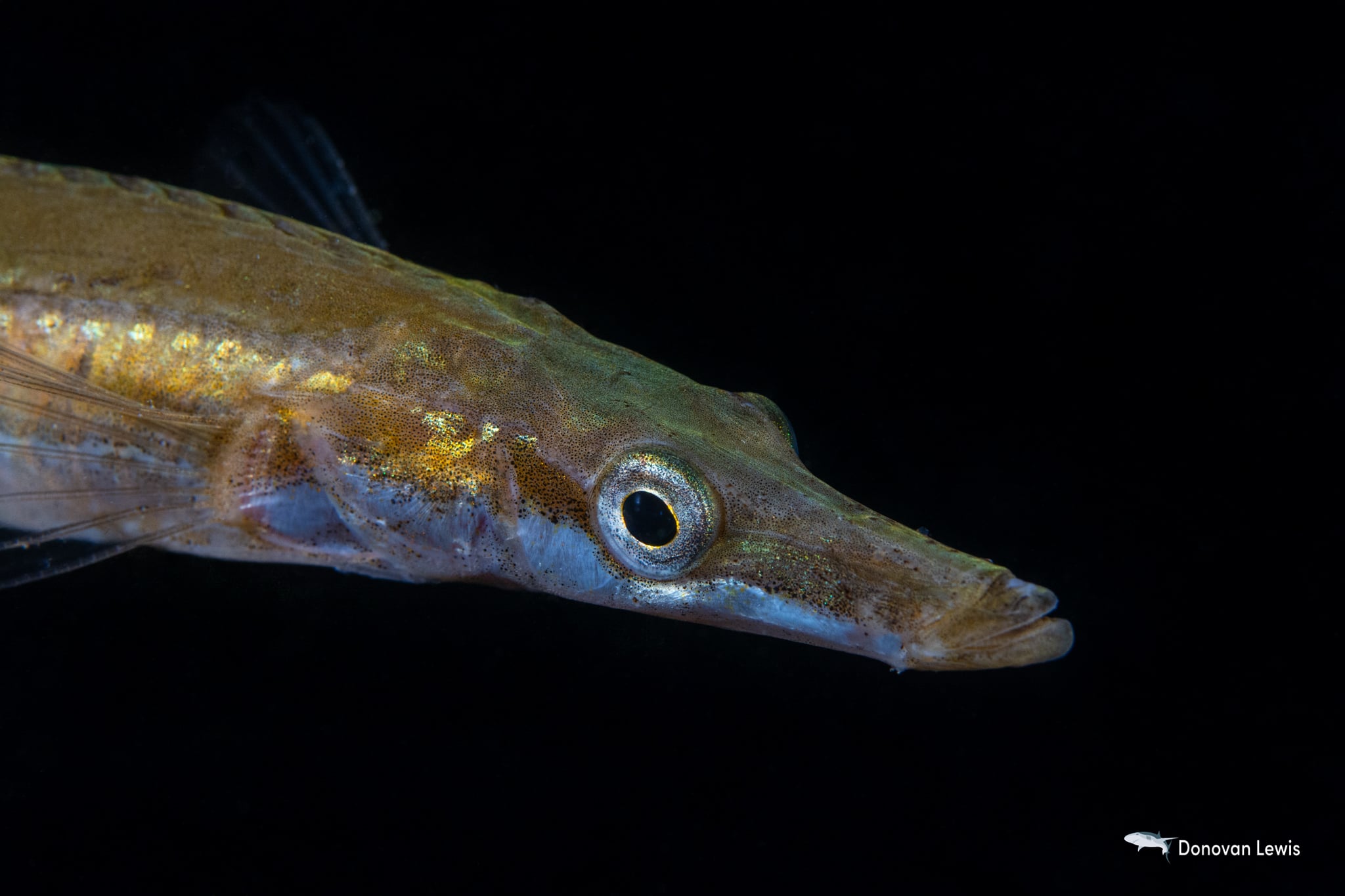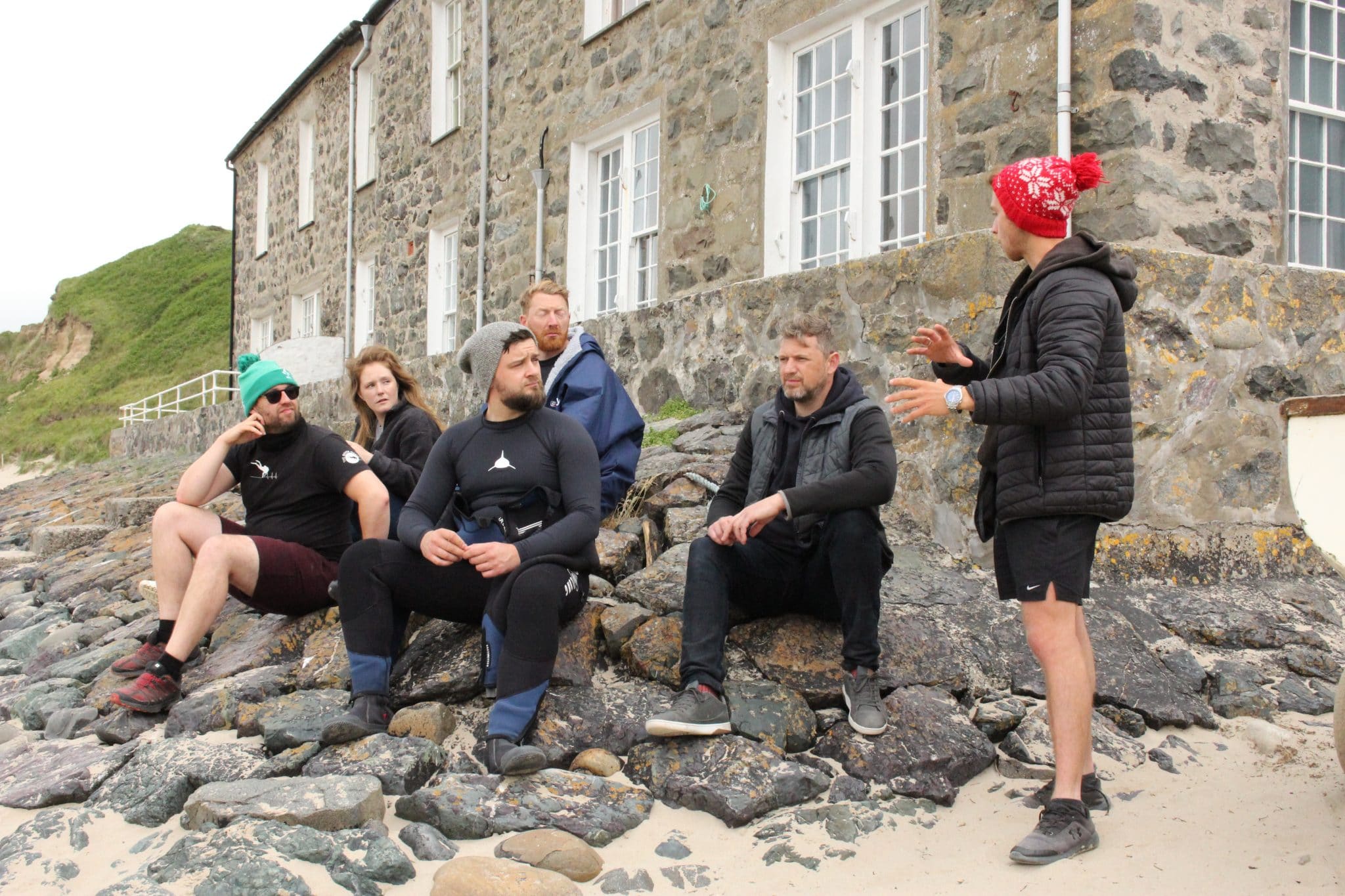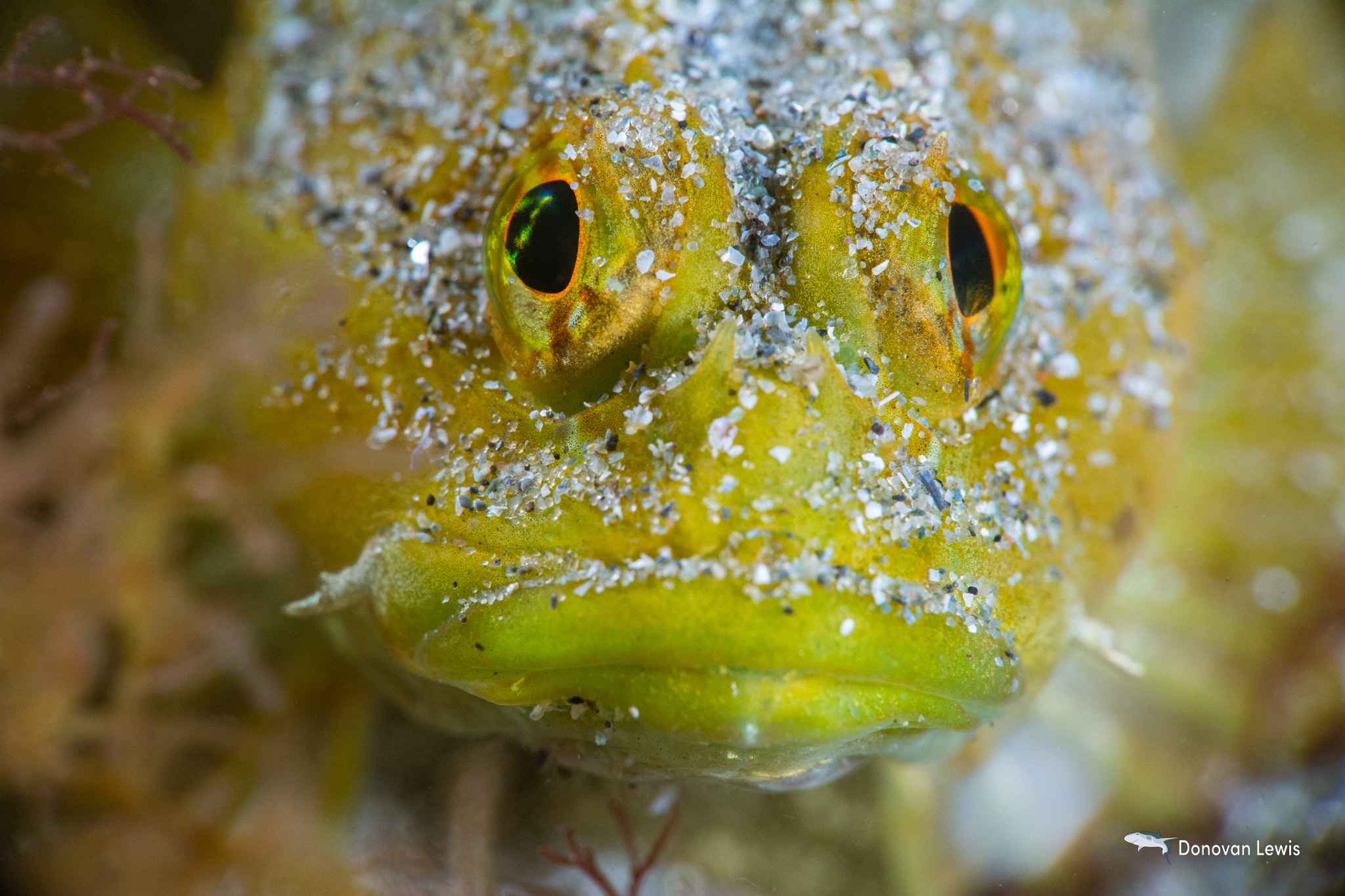News
Western Ecology Tour Expedition Report – North Wales
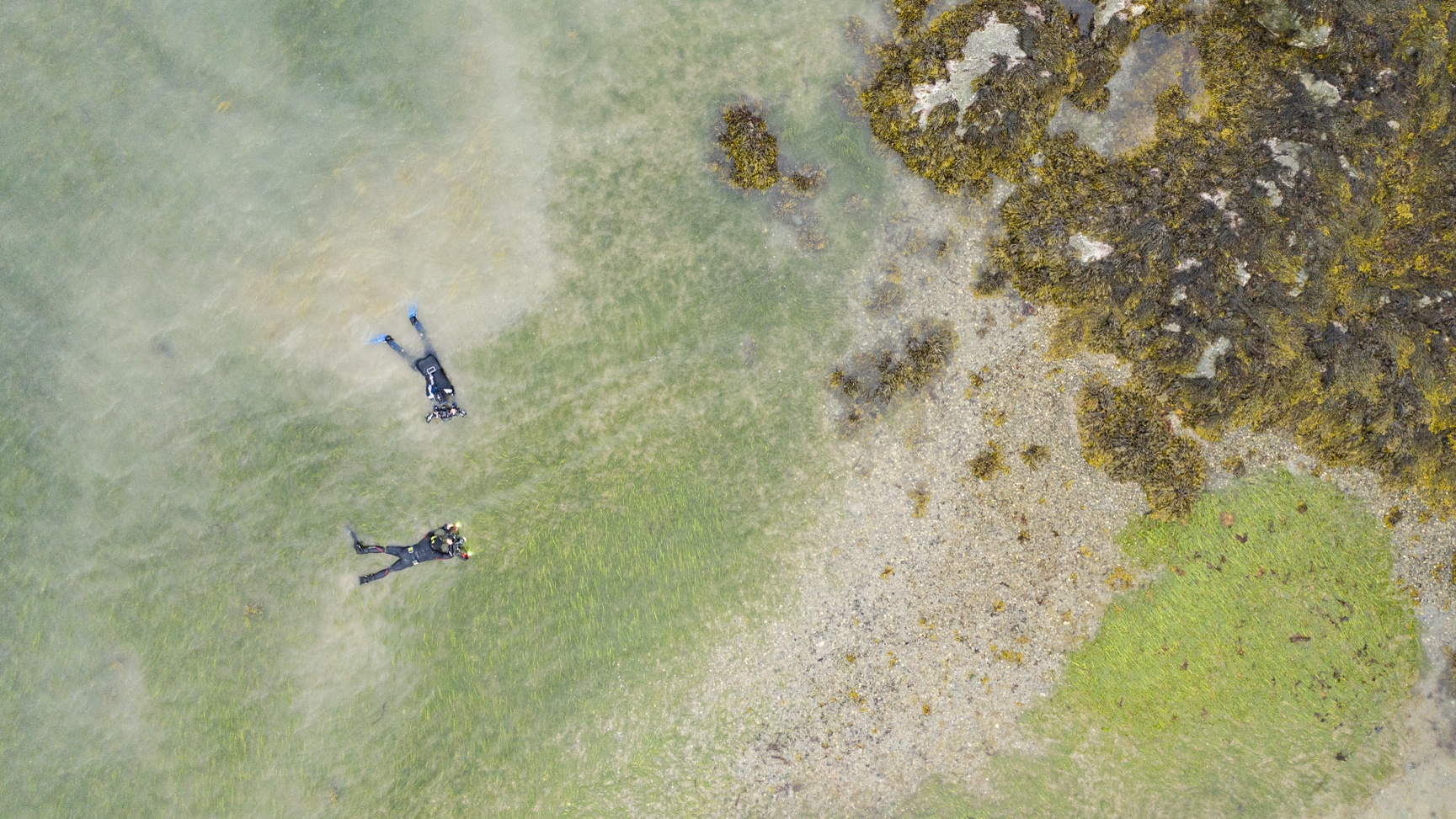
 Whilst in North Wales we were with Project Seagrass, and here we were aiming to shed some light on what is Seagrass, why it’s important and to show the amazing work that Project Seagrass is working on.
Whilst in North Wales we were with Project Seagrass, and here we were aiming to shed some light on what is Seagrass, why it’s important and to show the amazing work that Project Seagrass is working on.
In order to help me get this message across in this blog, I collaborated with co-Scubaverse editor and collaborator Jake Davies, who heads Project Seagrass in North Wales, to give you an insight into Project Seagrass and what he did with us during the Expedition. I did this through a series of questions in which Jake has kindly provided the answers.
What is Project Sea Grass?
Project Seagrass was created in 2013 and is an environmental charity devoted to the conservation of seagrass ecosystems through education, influence, research and action. The charities mission is ‘To lead societal change to enable the recognition, recovery and resilience of seagrass ecosystems globally; that provide biodiversity, equitable and sustainable livelihoods, and planetary life support’.
Why is Sea Grass so important?
Seagrasses are flowering plants that live in shallow sheltered areas along our coast. These sensitive plants are different from seaweed and form bright green leaves. Similar to grass on land, seagrasses form large, dense meadows under the sea. These habitats provide important roles that include:
- Carbon sequestration: taking carbon dioxide from the atmosphere and storing within the seabed below.
- Production of oxygen
- Increased diversity
- Important nursery areas for a range of species including commercial species such as Cod and plaice
- Coastal protection
What ways can people help Sea Grass?
There are many ways people can help seagrass both directly and indirectly.
People can help seagrass by raising awareness of the habitat through a range of different ways such as social media or attending a variety of different events. There are online tools such as the Seagrass spotter where you can upload your seagrass sighting (from anywhere in the world) to help better understand seagrass distributions. Where possible you can also volunteer with Project Seagrass to directly help with the project when opportunities arise.
Other ways you can help is by donating and purchasing merchandise created by Project Seagrass where money goes directly to seagrass conservation and support the range of projects that are lead by the charity in order to conserving Seagrass.
What did you hope to achieve with the WET Team?
Through the WET expedition I wanted to increase people’s knowledge of Seagrass meadows through taking them to a meadow and experiencing one first hand. Showing the team a meadow first hand was important as it was also the perfect location to show the incredible benefits that they provide. Along with increasing knowledge the expedition also raised funds which help the charity in progressing with its objectives.
With lots of videographers and photographers as part of the team, creating some engaging content was an element that we wanted to achieve during the visit to the meadow. The content could then be shared to provide further information and catch the eyes of social media users in order to engage more people with the importance of Seagrass meadows.
Has Expedition WET helped the project?
Expedition WET has directly helped Project Seagrass by raising funds that can be used to conserve seagrass meadows. Social media around the expedition will have also driven more social media traffic to the Project Seagrass accounts and website where viewers will have increased their knowledge about Seagrasses.
Which sites did you take the WET Team to visit and why?
The WET team had a day at the meadow in Porthdinllaen on the north coast of the Llŷn Peninsula. This meadow is one of the largest and densest off the Welsh coast and is also one of the sites which Project Seagrass monitoring through the Seagrass Watch programme. The meadow has also been a location for seed collections as part of the seagrass restoration project down in dale as part of the Seagrass Ocean Rescue Project.
Do you think the trip was a success and why?
The trip was successful as funds were raised for the Project Seagrass and the day at the meadows was thoroughly enjoyed by all. It was unfortunate the conditions weren’t the best as that would have provided the team with the full experience of a seagrass meadow. However, this is one of the challenges of UK diving/snorkeling conditions aren’t always perfect but you can only make the best of the situation that has been given which we certainly did that day.
Considering the conditions lots of engaging content was created and is continually shared by the expedition team which continues to spread the messaging about the importance of these incredible underwater habitats.
I’d like to thank Jake for collaborating with myself on the second entry of the Expedition WET’s Scubaverse blog and for guiding us when we were with you.
The North Wales leg started with the drive down from the highlands of Scotland, this took us the best part of 12 hours with a few brief stopovers to stretch our legs, the drive was once again beautiful after driving through the valleys. We arrived at the Porthdinllaen campsite at around 7pm, this campsite is located higher up above Porthdinllaen on the north coast of the Llŷn Peninsula, after arriving and familiarising ourselves we set up camp and got our Cameras ready for the days ahead. This is where we met Jake and Giovana who met us at camp to welcome us and tell us what is planned for the next few days. Once we’d been briefed we all ate and had an early night ready for the first day.
Day one in North Wales started with a mid-morning start after getting equipment together. The first day was a day of no diving but rather Snorkelling, the site down at Porthdinllaen wasn’t far, with it being around a 15-minute walk down the peninsula and over the Clwb Golff Nefyn Golf Club. Once we reached the beach, we had a briefing from Jake who explained why the site is so important to Project Seagrass, he also briefed us on Seagrass snorkeling etiquette and what to look out for amongst the blades of Seagrass. We headed out in two teams so half of the team could watch our equipment, this allowed members such as Felicity to get her drone in the air to take aerial shots of the Wet Team amongst the Seagrass. The visibility was poor but due to this it was decided that taking split shots were probably the best option as it would help show just how close to shore Seagrass can be found. Shots underwater did prove successful but as Jake mentioned earlier in his section of the blog this is one of the challenges of UK Snorkeling/Diving.
After returning from the Seagrass meadows myself and Jake drove over to see Chris Green at Tyn Rhos where we had all our Cylinders filled up.
The second day was spent at a nearby site called Porth Ysgaden, it’s a shallow site and is mentioned in the Top 100 British Shore Dives book by Anita Sherwood. It was decided that would be interesting to do a night dive because as we all know by now, the ocean has a whole new cast of animals and species come out under the cover of darkness. Before the night dive however it was decided that we would all do a daytime dive to survey the site and make ourselves familiar with it.
The first dive I was buddied with Jake who said we’d try and some Catsharks or as there otherwise known Dogfish. Porth Ysgaden isn’t a deep dive with an average depth being between 4-6 metres. And we did both dives during Slack tide where the water was at its highest and stillest. The visibility on the first dive wasn’t perfect but there was still a surplus of life found at the site from Snakelocks Anemones, Shore Crabs, Spider Crabs and Leopard Gobies with a few members of the group coming across a few Catsharks. After getting back to the vehicles we discussed meeting times for that evening as it was around a 10 hour wait for the tide to return to its highest point so that we could do a night dive. The team went back to camp to do some work for the expedition sponsors whilst Jake, Ollie and Andy went back down to Porthdinllaen to film some content for the final film.
After waiting for the tide to return the team headed back to Porth Ysgaden ready for the night dive, there was however a small delay on getting into the water as we happened to have chosen the day after the longest day of the year to do a night dive, so some members of the team decided to wait a little longer before getting in. Alex and I were buddied for this dive and were the last to get in the water, this site didn’t disappoint and is a truly spectacular night dive. Not only was there a lot of life at this site but in such huge numbers. Me and Alex had our cameras going the whole dive with mating Spider Crabs, Velvet swimming Crabs, marching lobsters, incredibly curious Fifteen-Spined Sticklebacks and a beautiful yellowish-Green Two-spined Scorpionfish who sat perfectly waiting for us to finish taking his photo. Other members of the team saw Catsharks with Ollie capturing some footage of one getting hit in the eye by a Sand Eel. Andy, Jake and Giovana saw what looked to be a European Eel.
After the final dive we ate some Scones under the final fading light as there was still some light in the sky at 11pm and then headed back to camp. We discussed what wed seen here in North Wales and what our move was for the next day to heading down to Pembrokeshire. Tune in next time for the final leg of the Western Ecology Tour and final entry of the Western Ecology Tour Expedition Report.
News
Book Review: Fire on Monroe Bravo by Fred Lockwood

Fire on Monroe Bravo is the latest book in the Jack Collier series by Fred Lockwood. Our story begins with our lead characters, Jack and Sandro, owners of Marine Salvage & Investigation Company, arriving on the Monroe Bravo Oil & Gas Platform in the North Sea. Having secured a contract for their vessel the MV Stavanger to act as support ship to the platform for TransGlobal Oil, our protagonists are on a celebratory visit.
However almost as soon as they arrive a series of explosions rock the platform, causing huge damage, loss of life and the very real danger of a massive human, ecological and financial disaster.

As the danger mounts for both our heroes and the surviving workers, Jack and Sandro will have to escape the inferno, all while trying to save the platform and the men still trapped unable to help themselves.
The disaster sets the scene for the unfolding story lines following the fate of the platform and our main characters, the police investigation into a suspected terrorist act and the actions of TransGlobal Oil as they attempt to navigate the pubic outcry and financial repercussions.
In his eighth book, Fire on Monroe Bravo, Fred Lockwood delivers an explosive thriller, with plenty of above and in-water drama, and our heroes fighting for survival, what more can you ask for?
We thoroughly recommend this read and look forward to the next in the series. For more information about his book series, you can check out the reviews of his previous books here on Scubaverse.
- Title: Fire On Monroe Bravo
- Author: Fred Lockwood
- ISBN: 979-8325324536
Available in a paperback version and for Kindle from Amazon and book stores.
Blogs
Alonissos: The complete diving destination (Part 1)

In June we were incredibly fortunate to be invited to dive in Alonissos, a small Greek Island in the Sporades island chain located in the North Aegean Sea. While I have long been a big fan of the Greek Islands as a great holiday destination, I had not had the opportunity to do any diving on previous visits and Mike and I were extremely excited to see what Alonissos had to offer both above and below the surface!

The Sporades are easily accessible via the airport in Skiathos (the first island in the chain), which is served by Jet2 flights from all major UK airports from May through October. Numerous ferries and charter boats make island hopping from Skiathos Town a breeze. After an hour boat ride, the picturesque port of Patitiri was a wonderful introduction to Alonissos, where we were met by our gracious hosts Kostas of Albedo Travel and Dias of Alonissos Triton Dive Center. Mike and I were delighted to be staying at the Paradise Hotel, aptly named for its stunning views over the sea and great location for walking to the waterfront.

Alonissos is beautifully situated in the National Marine Park of Alonissos and the Northern Sporades, the largest marine protected area in Europe. The surrounding seas offer fabulous marine life, including incredibly rare species such as the Mediterranean monk seal. They boast deep walls covered in gorgonians and sponges, stunning topography with caverns, swimthroughs and pinnacles, and the first accessible ancient shipwreck from 500BC!

In locations where historical sites have been reported, the waters are largely restricted, but with collaboration between government, underwater archeologists and dive centres, incredible underwater museums are being created for a truly unique diving experience. Alonissos is home to the first of these, the Ancient Shipwreck of Peristera Accessible Underwater Archeological Site. The chance to dive into history (along with reports of healthy reef life and amazing underwater topography) meant Mike and I were keen to get in the water.

Our introduction to the diving around Alonissos was at the Agios Georgios Pinnacles, in the channel between Alonissos and Skopelos. This fantastic site was named “The Chimney,’ and proved to have a huge amount to see. We got to a decent depth here (over 25m), and marvelled at a colourful reef wall with a wonderful swim through whose rocky walls were absolutely covered with life. As well as brilliant topography there was no shortage of macro life here. We saw numerous nudibranchs, five different species in total. The second dive at Mourtias reef nearby was a shallower dive along a nice wall with lots of crevices. Several moray eels and grouper called this site home. We enjoyed looking in the crevices for lobster and smaller benthic life, such as cup corals and tunicates.

Our itinerary allowed us two dives a day with afternoons left to explore the island with our hire car and evenings to enjoy the famous Greek hospitality. This proved to be a lovely mix of in-water and land based diversions.

The next days diving to the Gorgonian Gardens and Triton’s Cave was to be even better! These two stunning sites are nothing short of fabulous. The Gorgonian Gardens was a deep wall near to the Agios Georgios islands. The ever-present currents in this deep channel meant that the sea life was amazing … the namesake Gorgonian sea fans dotted the wall at a depth of 30 to 50 meters, getting ever larger the deeper we went. Above 30m was by no means less beautiful, with sponges, corals, scorpionfish, moray eels and some rare and colourful nudibranchs.

The second shallower dive of the day was to Triton’s Cave or the Cavern of Skopelos, on the east side of that island. The spectacular rock formations had wild striations both above and below the water making a truly epic topography. The cavern entrance was at 14m, and big enough for a buddy pair, winding up to 6m and passing two beautiful windows out into the blue. Emerging from the cavern, the light at the shallower depths and the incredible rock formations made for a fantastic gentle swimming safety stop and we all surfaced by the boat with massive grins.

Check out our next blog :Alonissos: The complete diving destination (Part 2)” to hear about our amazing dive on the 2500 year old Peristera Wreck!
Thanks to:
Alonissos Triton Dive Center https://bestdivingingreece.com/
Albedo Travel https://alonissosholidays.com/activities/
Paradise Hotel https://paradise-hotel.gr/
Alonissos Municipality https://alonissos.gr/en/
-

 Blogs2 months ago
Blogs2 months agoDiving With… Nico, Ocean Earth Travels, Indonesia
-

 News1 month ago
News1 month agoMurex Bangka Announce New Oceanfront Cottages & Beachfront Dining
-

 Blogs2 months ago
Blogs2 months agoA new idea in freediving from RAID
-

 Marine Life & Conservation1 month ago
Marine Life & Conservation1 month agoIceland issue millionaire whale hunter a licence to murder 128 vulnerable fin whales
-

 Marine Life & Conservation2 months ago
Marine Life & Conservation2 months agoThe Shark Trust Great Shark Snapshot is back
-

 News3 months ago
News3 months agoCharting New Waters; NovoScuba Goes Global with the Launch of their Revolutionary Dive Training Agency!
-

 Gear News1 month ago
Gear News1 month agoNew Suunto Ocean – a dive computer and GPS sports watch in one for adventures below and above the surface
-

 Marine Life & Conservation Blogs2 months ago
Marine Life & Conservation Blogs2 months agoBook Review: Plankton


